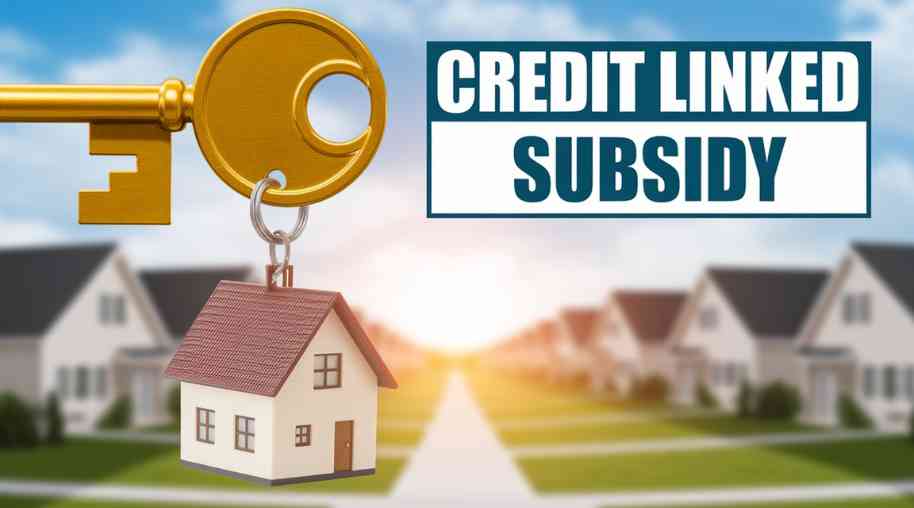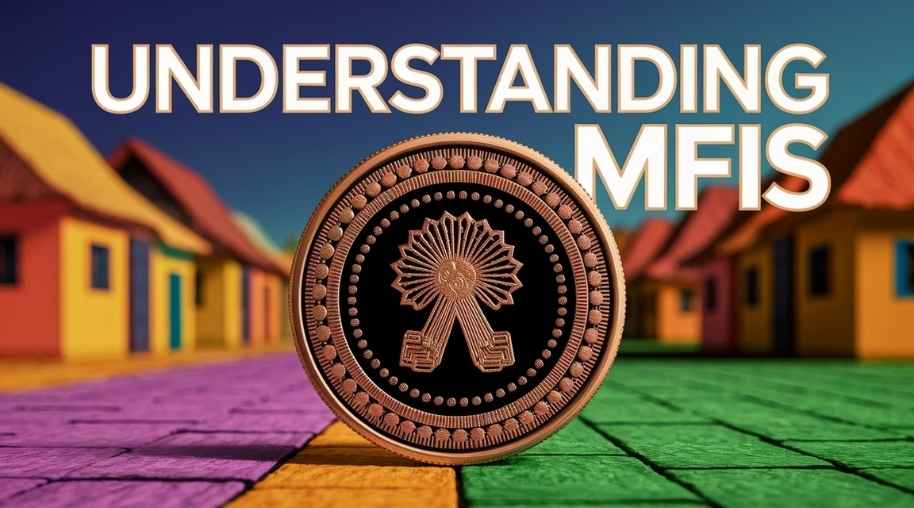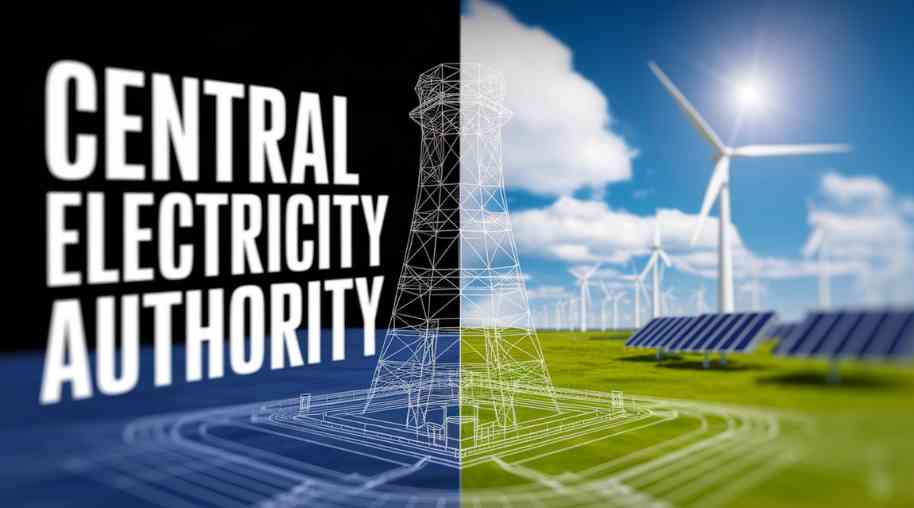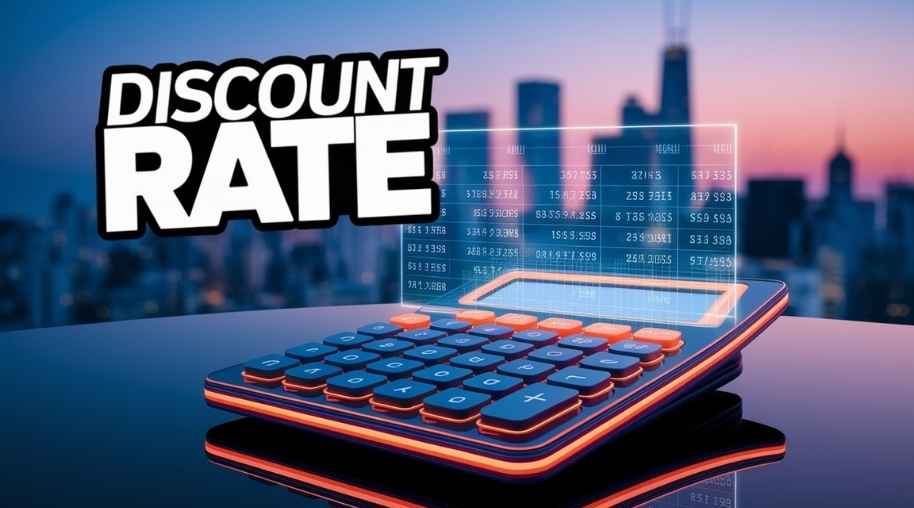CLSS Full Form - Credit Linked Subsidy Scheme
by Shashi Gaherwar
0 1957
Understanding the Credit Linked Subsidy Scheme: A Path to Affordable Housing in India
Owning a home is a dream for many, but financial barriers often make it unattainable for low and middle-income families. The Credit Linked Subsidy Scheme (CLSS), a core component of the Pradhan Mantri Awas Yojana (PMAY), addresses this by offering interest subsidies on home loans, easing the financial burden and making homeownership more accessible.

This article explores the CLSS, its purpose, eligibility, benefits, and its role in promoting affordable housing in India.
What is the Credit Linked Subsidy Scheme (CLSS)?
The Credit Linked Subsidy Scheme (CLSS) is a government initiative under PMAY to provide interest subsidies on home loans for Economically Weaker Sections (EWS), Lower Income Groups (LIG), and Middle-Income Groups (MIG). By reducing Equated Monthly Installments (EMIs), it makes home loans more affordable, supporting the goal of Housing for All by 2022.
Key Features of the Credit Linked Subsidy Scheme
The CLSS includes features designed to enhance affordability:
- Interest Subsidy: Offers 3% to 6.5% subsidies on loan interest, lowering EMIs.
- Eligibility Categories: Targets EWS (income up to ₹3 lakh), LIG (₹3-6 lakh), MIG-1 (₹6-12 lakh), and MIG-2 (₹12-18 lakh).
- Subsidy for Different Loan Amounts: Covers loans up to ₹6 lakh for EWS/LIG and higher for MIG.
- Eligible Properties: Applies to purchase, construction, or renovation of residential properties in urban and rural areas.
- Loan Tenure: Offers flexible repayment terms of 20-25 years.
- Direct Benefit Transfer (DBT): Subsidy is credited directly to the loan account, ensuring transparency.
How Does the Credit Linked Subsidy Scheme Work?
The CLSS process is straightforward:
- Eligibility Check: Verify income with documents like income certificates or tax returns.
- Applying for a Home Loan: Approach PMAY-participating banks or housing finance companies.
- Applying for the Subsidy: Submit eligibility documents via the lender post-loan approval.
- Government Subsidy Transfer: Subsidy is transferred via DBT, reducing the loan’s EMI burden.
- Repayment: Repay the loan at a lower EMI over the agreed term.
Benefits of the Credit Linked Subsidy Scheme
The CLSS offers significant advantages:
- Lower Financial Burden: Reduces EMIs, easing repayment for low-income borrowers.
- Increased Accessibility to Home Loans: Enables access to formal financing, reducing reliance on informal sources.
- Promoting Homeownership: Supports Housing for All by making homes affordable.
- Boost to Construction and Real Estate: Drives demand for affordable housing, creating jobs and economic growth.
- Financial Inclusion: Brings underserved groups into formal banking systems.
- Direct Benefit Transfer (DBT): Ensures transparent and efficient subsidy delivery.
Challenges and Limitations of the Credit Linked Subsidy Scheme
The CLSS faces some challenges:
- Income Eligibility: Excludes those just outside defined income brackets, limiting access.
- Awareness: Lack of awareness hinders potential beneficiaries from applying.
- Property Location Restrictions: Loan limits may not suffice in high-cost urban areas.
- Complex Documentation: Cumbersome paperwork can delay application processing.
The Credit Linked Subsidy Scheme (CLSS) is a transformative initiative that makes homeownership attainable for low and middle-income families in India. By reducing home loan interest costs, it aligns with PMAY’s vision of Housing for All by 2022. To maximize its impact, greater awareness and streamlined processes are needed. The CLSS remains a vital step toward reducing housing inequalities and empowering millions with affordable homes.
Further Learning Resources
If you’re passionate about building a successful blogging website, check out this helpful guide at Coding Tag – How to Start a Successful Blog. It offers practical steps and expert tips to kickstart your blogging journey!
For dedicated UPSC exam preparation, we highly recommend visiting www.iasmania.com. It offers well-structured resources, current affairs, and subject-wise notes tailored specifically for aspirants. Start your journey today!

Share:








Comments
Waiting for your comments